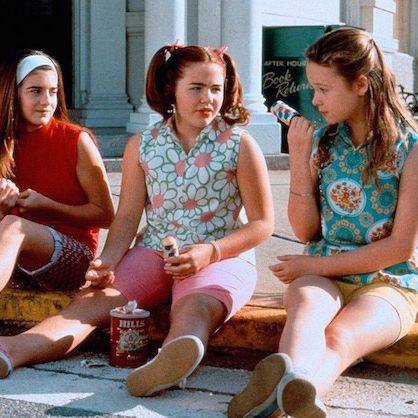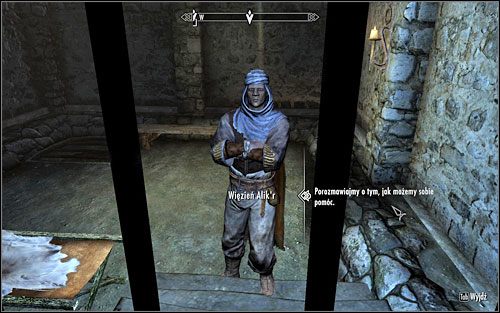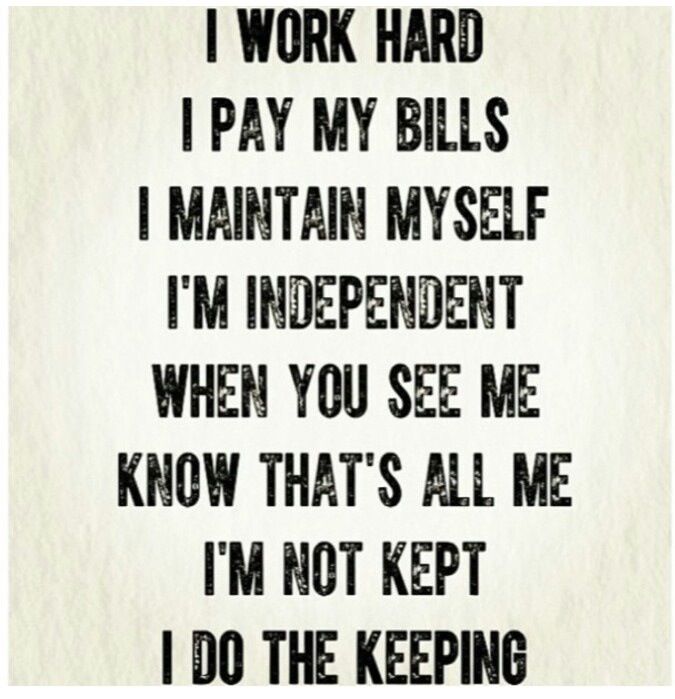How did man get off the moon
After their safe return home, the crew were celebrated by politicians and the public as they embarked on a day goodwill tour, visiting a total of 27 cities in 24 countries. Below, 50 photos of the historic Apollo 11 mission, on the 50th anniversary of that giant leap. A portrait of the Apollo 11 astronaut Buzz Aldrin, taken by his fellow astronaut Neil Armstrong, standing on the lunar surface on July 20, Aldrin has his left arm raised and is likely reading the checklist sewn on the wrist cover of his glove. Members of the Kennedy Space Center government-industry team rise from their consoles within the Launch Control Center to watch the Apollo 11 liftoff through the large windows at the back of the firing room. Among those pictured is the American aerospace engineer JoAnn H.
SEE VIDEO BY TOPIC: Last Takeoff from the Moon - Apollo 17's Lunar Module blastoff!SEE VIDEO BY TOPIC: Where Did The Moon Come From? - Do We Really Need the Moon? - Preview - BBC TwoContent:
- 8 Little-Known Facts About the Moon Landing
- "Man on the Moon": The 50th anniversary of the Apollo 11 landing
- Did the moon landing actually happen?
- How the Apollo 11 Moon Landing Worked (Infographic)
- The Art of the Return Trip: How NASA Got Apollo 11 Home
- The 12 men who walked on the moon
- The Journey Home
- Apollo 11: Four things you may not know about the first moon landing
- Apollo 11 Moon Landing: Photos From 50 Years Ago
8 Little-Known Facts About the Moon Landing
Armstrong and Aldrin stayed on Moon for just more 21 hours-two-and-a-half hours of which were spent outside the Lunar Module exploring and conducting scientific experiments.
At pm on July 21 the astronauts lifted off from the Moon in the module's ascent stage and then rendezvoused with Collins and the orbiting spacecraft. The three explorers fired away from lunar orbit on July 22 and returned to Earth on July Armstrong and Edwin E. Aldrin Jr. Astronaut Michael Collins remained with the CSM in lunar orbit while the other two crewmen explored the lunar surface.
After docking, astronauts Armstrong and Aldrin transferred to Columbia with Collins, the LM ascent stage was jettisoned, and the return trip to Earth began.
The large, dark-colored area in the background is Smyth's Sea, centered at 85 degrees east longitude and 2 degrees south latitude on the lunar surface nearside. This view looks west. The Earth rises above the lunar horizon. This engine lifted the ascent stage upper section of a Lunar Module off the surface of the Moon.
The ascent stage then docked with the orbiting Command and Service Modules. The ascent engine had to perform with high reliability; a serious malfunction could have stranded the astronauts on the Moon. The ascent engine provides kilograms pounds of thrust.
These propellants are hypergolic; that is, they ignite spontaneously when brought together in the rocket's combustion chamber. After the journey back from the Moon, the Apollo 11 command module sheds flaming pieces of its protective ablative covering as it hurtles through the Earth atmosphere toward splash down, July 24, Although the photograph gives the impression of fiery destruction of the spacecraft, the ablative material was performing as it was designed to.
By vaporizing and burning away, it protected the interior of the spacecraft from the searing heat caused by friction with the atmosphere. The astronauts were required to stay inside the facility in medical isolation for 21 days.
These extraordinary measures were a precaution against an uncertain threat of contagion. The moon proved to be barren of life so this post-flight procedure was dropped after the Apollo 14 mission. The Biological Isolation Garment This garment was designed to prevent the spread of any alien organisms the astronauts might have acquired during their journey or while on the Moon.
The suits were donned after splashdown and worn until the astronauts arrived at the Mobile Quarantine Facility aboard the recovery aircraft carrier.
With the astronauts isolated inside, the facility was flown to Ellington Air Force Base. Mobile Quarantine Facility The Apollo 11 crew, still under a day quarantine, are greeted by their spouses after arrival at Ellington Air Force Base.
The astronauts are looking through the window of the Mobile Quarantine Facility. Left to right are Armstrong, Aldrin, and Collins.
Ticker-Tape Parade Returning from the first lunar landing mission, the Apollo 11 astronauts received a tumultuous welcome from New Yorkers who dropped a record tonnage of paper during a ticker-tape parade, a tradition which welcomed returning heroes.
Apollo Lunar Module Ascent Engine. Apollo 11 Reentry. Apollo Aldrin Isolation Garment. Apollo 11 Quarantine. Apollo 11 Ticker-Tape Parade.
"Man on the Moon": The 50th anniversary of the Apollo 11 landing
Armstrong and Aldrin stayed on Moon for just more 21 hours-two-and-a-half hours of which were spent outside the Lunar Module exploring and conducting scientific experiments. At pm on July 21 the astronauts lifted off from the Moon in the module's ascent stage and then rendezvoused with Collins and the orbiting spacecraft. The three explorers fired away from lunar orbit on July 22 and returned to Earth on July Armstrong and Edwin E. Aldrin Jr.
Five more crewed missions made it to the Moon in the years that followed before the Apollo program ended in Add to that the numerous uncrewed missions since Soviet probe Luna 2 first crashed on the Moon in So what exactly have we left on the Moon? Some of what has been left is obvious.
Did the moon landing actually happen?
One of the greatest achievements in the history of mankind began on July 16, — exactly 50 years ago today -- inside Houston's Johnson Space Center. Together, they would guide three astronauts — Neil Armstrong, Buzz Aldrin, and Michael Collins -- a thousand miles away on the Florida coast, as they climbed on top the world's most powerful rocket and blasted off on their way to the moon. Across the country and around the globe, millions followed on TV, many of them glued to the gripping minute-by-minute account of the legendary CBS News anchor Walter Cronkite. The "First Man" rarely gave interviews, but he spoke with CBS News several years ago and spoke powerfully -- and personally -- about his extraordinary feat. Hear from the man who made history — and the man who reported it. It's three hours and 32 minutes until man begins the greatest adventure in his history," "CBS Evening News" anchor Walter Cronkite told Americans at 6 a. Eight years earlier, in an urgent address to Congress, President John F. Kennedy said , "I believe that this nation should commit itself to achieving the goal before this decade is out of landing a man on the moon and returning him safely to the Earth. The speech came at a time when America and the Soviet Union were locked in a battle for dominance -- each trying to prove its superiority by conquering space.
How the Apollo 11 Moon Landing Worked (Infographic)
It was a feat for the ages. Along the way to achieving JFK's vision, there was plenty of hard work, drama and surprise. Here are some lesser-known moments throughout the epic U. The surface turned out to be solid, but the real surprise was that the moon had a smell. The astronauts reported that it had a burned smell like wet fireplace ashes, or like the air after a fireworks show.
Apollo 11 was the spaceflight that first landed humans on the Moon. Armstrong became the first person to step onto the lunar surface six hours and 39 minutes later on July 21 at UTC; Aldrin joined him 19 minutes later. They spent about two and a quarter hours together outside the spacecraft, and they collected
The Art of the Return Trip: How NASA Got Apollo 11 Home
We use cookies to improve our service for you. You can find more information in our data protection declaration. Twelve astronauts have been on the moon thus far. And yet these lunar landings are often questioned.
SEE VIDEO BY TOPIC: How Apollo 11 made it to the moon and backThis website is in beta. Find out more. Astronomy and space. But the most awe-inspiring part of Apollo 11 was not televised in its entirety — how the astronauts got to the Moon and back. But Armstrong noticed it was sending them towards a boulder-covered crater. He quickly took manual control to take them safely to a flat area.
The 12 men who walked on the moon
Launched from Earth on July 16, , the three astronauts of Apollo 11 arrived in orbit of the moon on July Mission Commander Neil A. Armstrong was born Aug. Armstrong became interested in flight while still a child. In , Armstrong flew combat missions for the U. Lunar Module Pilot Edwin E.
Landing 12 people on the moon remains one of NASA's greatest achievements, if not the greatest. Astronauts collected rocks, took photos , performed experiments , planted flags , and then came home. But those stays during the Apollo program didn't establish a lasting human presence on the moon. More than 45 years after the most recent crewed moon landing — Apollo 17 in December — there are plenty of reasons to return people to Earth's giant, dusty satellite and stay there. Vice President Mike Pence has promised that we will see US astronauts on the moon by including the first women to ever touch the lunar surface , in a program called Artemis.
The Journey Home
.
Apollo 11: Four things you may not know about the first moon landing
.
.
.
Apollo 11 Moon Landing: Photos From 50 Years Ago
.
.
-
 Mikataur
MikataurIn my opinion you are not right. I am assured. I can prove it. Write to me in PM, we will talk.
-
 Mir
MirYour idea is brilliant
-
 Mikajora
MikajoraAmusing question
-
 Nikasa
NikasaIn it something is. Clearly, many thanks for the help in this question.
-
 Malajinn
MalajinnNo, I cannot tell to you.









